Not your grandparents’ concept when grasping for the necessary competence to make the staff of life to feed a hungry brood. To FaceTime a stranger who would personally guide you through the intimidating (to some) process of breadmaking would be a fictional tale, analogous to dialing up The Little Red Hen and requesting knowledge of sowing, reaping, milling, mixing, and baking —
— if one was so inclined to work for their food. There is some version of the tale featuring a farmer who claims the Red Hen is being unfair by refusing to share her bread and was then forced to do so by democratic means. The hen’s incentive to work was removed, causing poverty to befall the farm.
A dreadful, but progressive, ideology in these Orwellian times.
In this unprecedented era, with more and more of us working from home; bread in our supermarket less and less appealing, with its nutritional content sinking into negative territory, it begs the question:
Why don’t I just learn to make my own bread?
Sure, there are innumerable sources for gaining knowledge in this field through books and videos, and most people on this quest do succeed. But for some, having someone walk them through the process with the aid of videotelephony, the accomplishment would be far less daunting.
This very scenario took place a couple days ago when my “dyslexic”, but rather ambitious, daughter FaceTimed me, anxious to learn to bake sourdough with the starter someone gave her that she had been feeding for a week.
When we connected, the starter was hungry, and she had to leave for the airport early the following day. But she wanted to leave her husband and some ranch hands with some wholesome bread to enjoy, along with some prepped food she would leave behind.
I thought of the time we had to work within and gave it a go. With a weak starter, or chef, I gave her instructions for using it to make a levain, hoping conditions were good for ripening in four hours.
Beautiful! They were. Her confidence level was growing.
With a strong leaven, she could make the final dough, add a couple of folds during the bulk ferment, form it into her clay baking pot, proof it in the cooler overnight, and bake it in the morning before leaving the house.
What my excited daughter found most surprising, was how forgiving the dough was toward her lack of experience. The foldings and long, slow fermentation improved the quality of the dough in ways she would eventually intuit as she continued in the world of baking — a world I entered when I was her age, thirty-six years ago.
When I met her father, a celebrated chef, I discovered The Italian Baker, by Carol Field, in his library of cookbooks, and taught myself to bake. Not just breads but every recipe in the book! After achieving surprising success with my first loaf of bread, I decided this author would be my teacher.
During my career, I met her and thanked her. Me, among thousands, if not more, who benefited from her highly acclaimed book, learning the techniques and flavors used in the Italian heritage of sweet and savory breads, cookies, cakes, and so much more.
When the children started coming, I struggled hard between doing what I loved most, or changing careers and raising my own children on a homestead in the country — with homeschooling on my mind. The more important of the two won out.
The rest is history. Or shall I say elaborated on in my upcoming book, Sound Mind, Sound Doctrine — Memoir of a Spirited Thinker.
Years later, when I was nurturing teens, I had the privilege of working with a local, master mason who prized himself on constructing his first wood-burning, stone oven, built on the edge of our limestone cliff, overlooking a field of cows and wild turkeys grazing over the floodplain zone of the Blanco River.
Now that I’ve enticed you with compelling photos of mouthwatering loaves, you might be wondering whether this method of learning is for you, or whether you might just pick up The Italian Baker or search any number of resources and find your own way.
The breads in the photos are the result of over three decades learning and experimenting with dough, traveling across Europe to study traditional methods first-hand, and owning and operating two bakeries.
In a separate post, I will run through the importance of long fermentation in the development of dough using a sourdough culture. Many gluten-intolerant folks have returned to enjoying this nutritious and easily digestible storage food that truly is the staff of life.
If you wish to get in touch with me to learn more about personalizing your bread baking journey, leave a note in the comment section. I will be in touch. In the meantime, I will be creating a website where we can connect and communicate further in this pursuit of setting a delightful, well crafted, and satisfying loaf of real bread on your table.

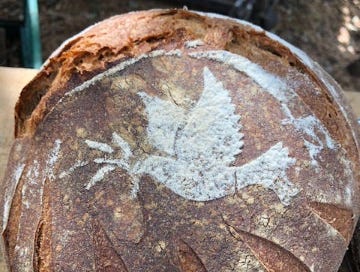



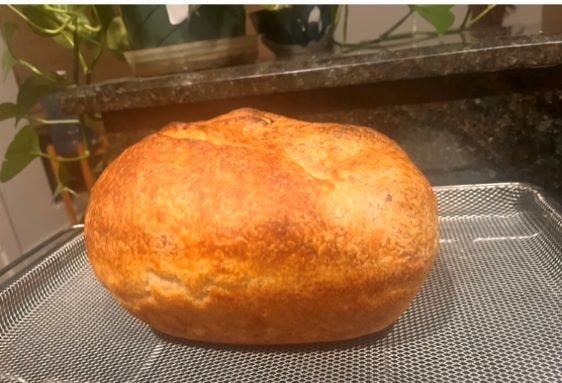
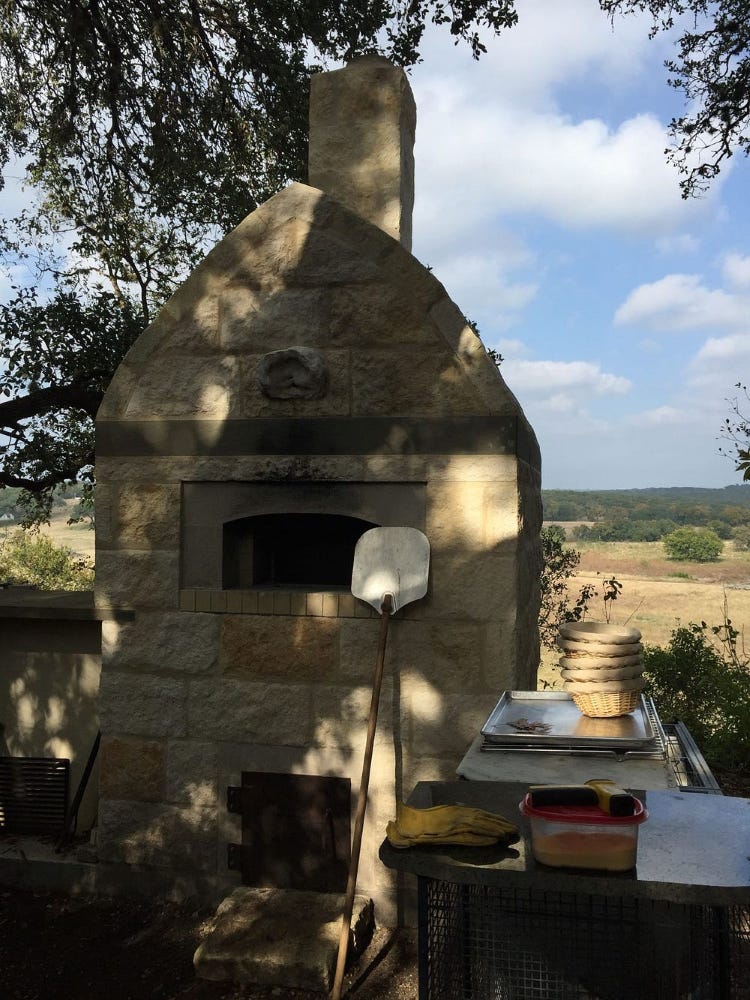
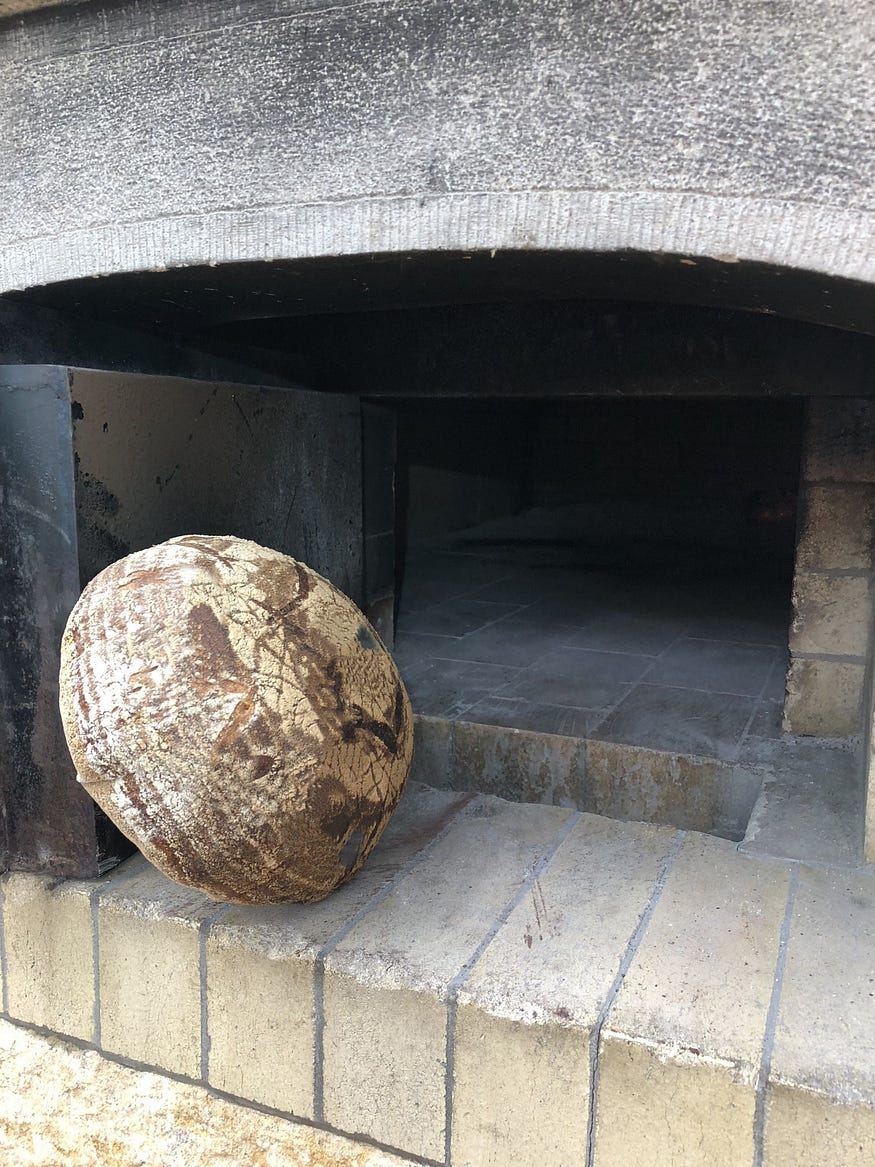
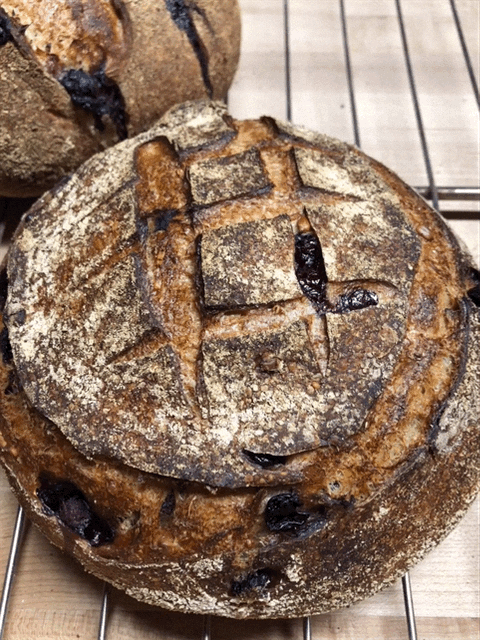
Lovely to meet you Dawn. Always interested to read different perspectives on making bread. I teach breadmaking in the South West of England!